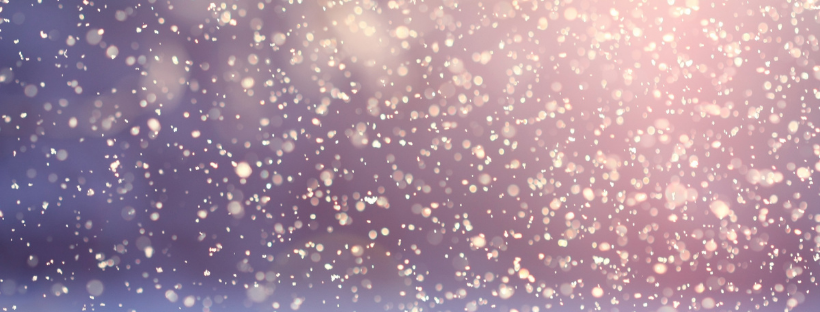
Sensory development in early childhood is important for overall health and well-being. It forms the foundation of a child’s learning and perception.
Children learn about the different forms of expression by using multiple senses.
It is important that the children's learning environments are aesthetic and inspiring.
What is Finnish Early Childhood Education?
According to Helsinki City's Curriculum for ECEC the purpose of early childhood education and care is to support the development of children’s expression in a goal-oriented way. Children express themselves in a holistic manner and can creatively combine different ways of expression (musical, visual, verbal bodily). These forms of expression are also included in children's play in various ways.
“For a small child, discussion and verbal learning have little educative power without actual experience. Learning rather happens through all the sensory channels. Children must live through, explore, and try things out to attach meaning to them” - H. Hendrick
How to support sensory development?
The best way to support children's sensory development is through sensory play! Now as Christmas time is approaching, children all around the world might be interested in playing with snow! If you don't happen to have snow outside, do not worry. It is possible to create a winter wonderland indoors and enjoy the sensory experiences with mini snowmen and other snowy creatures!
5 ways to make DIY Snow for sensory play
- Baking soda and shaving cream. Mix together 1 pound of baking soda and slowly add shaving cream until you reach the perfect snowy consistency. Let children knead the DIY snow with their hands until it is all combined.
- Baking soda and water. Pour 1 cup of baking soda into a bowl and add water little by little, one tablespoon at a time. Use a fork or a whisk to stir the two ingredients together, add more water as you go. When DIY snow is light and powdery, it’s ready to play with!
- Baking soda and hair conditioner. For this recipe, use white conditioner so your DIY snow looks similar to real snow. Start with 1/2 cup of conditioner, and use a fork to stir in about 3 cups of baking soda. This snow packs very well and is great for making mini snowmen!
- Shaving cream and cornstarch. Mix equal parts shaving cream (foam) and cornstarch. This recipe makes dense, foamy snow that is very easy to mold.
- Cornstarch and lotion. Mix together equal parts cornstarch and lotion for this crumbly snow recipe. If you’re looking for more powdery snow, add slightly less lotion than cornstarch.
Bonus tips!
+ Add glitter
+ Add essential oils (eg. peppermint oil)
+ Put the snow in the freezer to make it cold
+ Add snowman decorating supplies
+ Play with Frozen-themed toys
+ Play with animals that live in cold conditions (polar bears, penguins...)
Happy sensory playtime!
.png)
References
Elf on the Shelf: The 5 best ways to make fake snow. https://elfontheshelf.com/blog/making-snow/
Helsinki's Curriculum for ECEC. 2019. https://www.hel.fi/static/liitteet-2019/KasKo/vare/Helsinki_Vasu_EN_Sivut.pdf
Mcilroy, Tanja. 2020. The Simple Guide to Sensory Development in Children. https://empoweredparents.co/sensory-development/
.png)